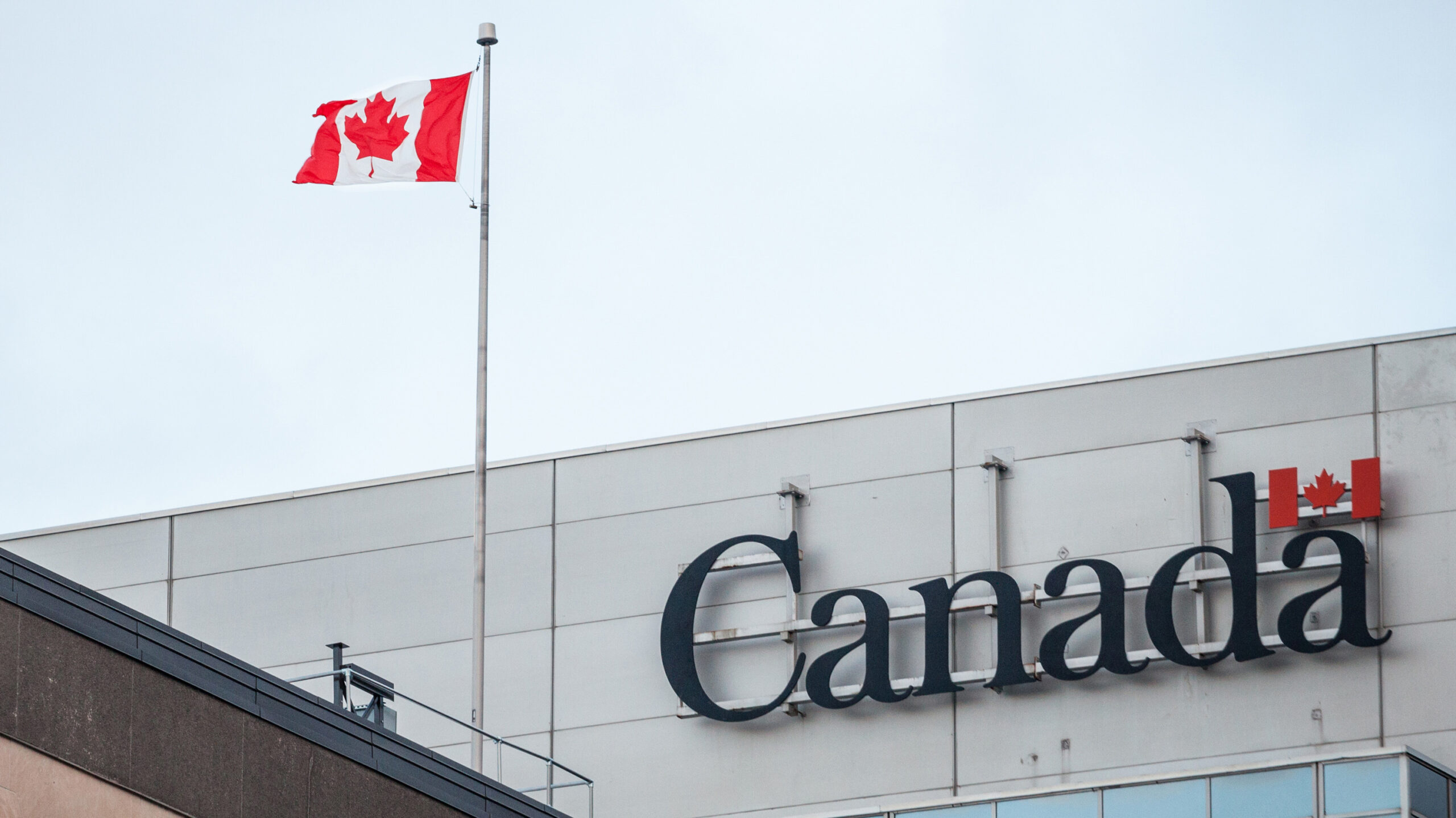
The government of Canada released its What We Heard: The Government’s proposed approach to address harmful content online report detailing responses to the proposed regulation of online harms.
The report highlights that the majority of respondents agree with the government about regulating online harm, but also raised numerous concerns about the complexity of the issues, unintended consequences, and more.
What We Heard draws from consultation with Canadians, social media platforms, stakeholders, industry, academia, civil society, and others from July 28th to September 25th, 2021. Notably, the Office of the Privacy Commissioner (OPC) claimed the Liberal government hadn’t consulted with it back in October, which is concerning given the online harm regulations’ potential to undermine Canadian privacy rights.
In the report, the government said that respondents were “largely supportive” of some proposed elements, including:
- A framework that would apply to all major platforms;
- The exclusion of private and encrypted communications and telecommunications services;
- Accessible and easy-to-use flagging mechanisms and clear appeal processes for users;
- The need for platform transparency and accountability requirements;
- The creation of new regulatory machinery to administer and enforce the regime;
- Ensuring that the regulatory scheme protects Canadians from real-world violence emanating from the online space; and
- The need for appropriate enforcement tools to address platform non-compliance.
The report also outlined several areas where respondents expressed concern, including:
- Apart from major platforms, what other types of online services would be regulated and what the threshold for inclusion would be;
- What content moderation obligations, if any, would be placed on platforms to reduce the spread of harmful content online, including the 24-hour removal provision and the obligation for platforms to proactively monitor their services for harmful content;
- The independence and oversight of new regulatory bodies;
- What types of content would be captured by the regime and how that content would be defined in relation to existing criminal law;
- The proposed compliance and enforcement tools, including the blocking power; and
- Mandatory reporting of content to law enforcement and national security agencies or preservation obligations.
Next steps and other concerns
In the coming weeks, the Department of Canadian Heritage plans to “engage a group of experts” who will collaborate with stakeholders and Canadians to provide advice to the government on how to adjust the proposal. In a press release, the government said that the work “will be carried out in a transparent and expedited manner.”
Pablo Rodriguez, Minister of Canadian Heritage, will propose a revised framework “as soon as possible.” Further, the government says it’s committed to “getting this right” and doing it “as quickly as possible,” although those two commitments seem at odds with each other.
Some expressed concern about the What We Heard report as well. Advocacy group OpenMedia shared on Twitter that the government’s acknowledgement of wrongdoing “barely scratches the surface” and called for concrete changes in upcoming versions of the proposal.
Fixing the online harms proposal won’t be easy. We’re expecting a lengthy and arduous process. Rather than speed, we want detailed and nuanced legislation that preserves our freedom of expression and privacy. (3/4)
— OpenMedia (@OpenMediaOrg) February 3, 2022
Those interested in learning more can find the What We Heard report here.
Image credit: Shutterstock
Source: What We Heard, Government of Canada
MobileSyrup may earn a commission from purchases made via our links, which helps fund the journalism we provide free on our website. These links do not influence our editorial content. Support us here.


